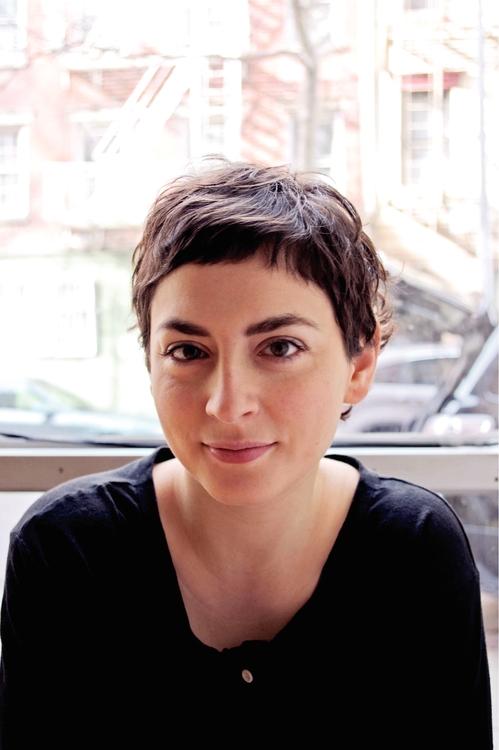
Stephanie LaCava talks to Kate Zambreno
I was skeptical when a friend told me to read Kate Zambreno’s work of literary criticism about modernist wives entitled Heroines, most likely out of self-preservation. I have my own heroines, they won’t leave me alone, they show up again and again in essays and fantasies. From what I understood, this book would explore women of this sort, in particular Zelda Fitzgerald and Viv Eliot (T.S. Eliot’s first wife) and how, perhaps, their own artistic voice was drowned in accusation of hysteria, their stories relegated to the fiction of their respective spouses. I was terrified. Then, I read it—all the research and personal anecdotes. I fell in love with one girl in particular, the writer Zambreno. When I heard of her novel Green Girl, I didn’t hesitate this time. Therein, I found evidence of the very processes Zambreno discussed in Heroines, which became a kind of magical notebook for deconstructing Green Girl. (If only all novels came with such a companion.) Green Girl is the story of Ruth, a young American living abroad in London, pained and fascinated by beauty and loneliness. Her references include the likes of Catherine Deneuve in Repulsion, Charlotte Rampling in The Night Porter and Nico’s song, “Femme Fatale.” These are the women that inhabit my own pathetic scrapbook, and those of many contemporary girls. What was most striking, though, was Zambreno’s scathing rendition of a girl fixated on aloof icons, desperately channeling their allure and mystery. This strange connection is, I am sad to say, one of countless others that reminded me of my own struggles and those of other women I knew, some unlike me altogether. Isn’t that why we love a book, because it makes us a little mad with recognition? Green Girl also made me want more of Zambreno’s work and its ability to examine the perceived disconnect between beauty and intelligence, cipher and reality—even, simply, a woman and her work.
Last Wednesday, we met at a tea shop and began furiously discussing where our sensibilities intersect, the women—and men—of the French New Wave, struggling with embracing aesthetics in critical work, even an appreciation for Sir John Everett Millais’ portrait of Ophelia. We then went across the street, up the elevator and into my writing office where we sat in a windowless room and continued our conversation.
—Stephanie LaCava
I. THE PUBLIC BECOMES A COLISEUM
STEPHANIE LACAVA: It surprised me that you were a fan of Walter Benjamin’s Arcades Project, and he was so influential in many parts of Green Girl. I found this fascinating because it’s such a disparate reference from your stable of cinematic and female icons.
KATE ZAMBRENO: It continues to be...
You have reached your article limit
Sign up for a digital subscription and continue reading all new issues, plus our entire archives, for just $1.50/month.
Already a subscriber? Sign in




